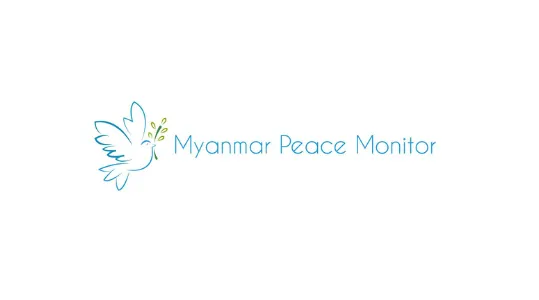Does The Military Misuse Peace Talks For The Perpetuation Of Dictatorship?
09 January 2023

Introduction
Taking a look at the successive governments and the period ranging from independence in 1948 through the parliamentary democracy era, the caretaker government era, the BSPP era (aka the one-party system), the military era, the quasi-civilian government era, and the elected president era, Myanmar has been governed by the army in different forms and names for 57 years till 2022.
Even within the 10 years before the military coup in 2021, the army controlled three key ministries – Home Affairs, Border Affairs, and Defense – under the 2008 Constitution. The army has reserved 25 percent of seats in three parliaments. It also attempted to hold onto power in the country since the takeover of power as the caretaker government in 1958.
Till date since then, the country has seen the fanning of the flames of the civil war which emerged with independence. During the tenures of the BSPP led by coup leader General Ne Win, the SLORC led by Senior General Than Shwe, and the SPDC, a series of peace talks with the EROs were held but these only reached some form of ceasefire agreements at best. The civil war remains deeply rooted in the country.
The following three maps show the conflict-affected areas before the ratification of the 2008 Constitution, the conflict-affected areas during the 10-year tenure of two successive governments which emerged under the 2008 Constitution, and the conflict affected areas following the 2021 coup. There are indications that the over 70-year-old civil war has gained momentum and the war is ever wider.
The army does not appear to be alleviating the civil war or the armed conflicts which were born since independence, in good faith. It is questionable whether the army’s actions are instead made with the intent to increase military budget, further strengthen its interests, and retain power, citing the civil war.
Download full analysis
View the original
Announcements
28 February 2025
Asian NGO Network on National Human Rights Institutions , CSO Working Group on Independent National Human Rights Institution (Burma/Myanmar)
Open letter: Removal of the membership of the dis-accredited Myanmar National Human Rights Commission from the Southeast Asia National Human Rights Institution Forum

Progressive Voice is a participatory rights-based policy research and advocacy organization rooted in civil society, that maintains strong networks and relationships with grassroots organizations and community-based organizations throughout Myanmar. It acts as a bridge to the international community and international policymakers by amplifying voices from the ground, and advocating for a rights-based policy narrative.